Imagine that you have a unique feature of a limb, and if such a feature is present in any person in any part of the world, you are sure that he is your relative, meaning you are of the same lineage, even if you have never known him before! Doesn't that sound incredible? This is exactly what is true of all blue-eyed people in the world. Those who were before them, and those who are after them, and those who will come in the future, all belong to a common center. They can easily find their distant relatives.
All blue-eyed people have the common trait of an ancestor, who was born about 8,000-10,000 years ago. One of them is a genetic mutation that has now spread around the world.
A team of researchers at the University of Copenhagen has discovered a genetic mutation that occurred 8-10 thousand years ago. The head of that group, Professor Hans Rudolf Licht Eiberg , explained that at one point in time, a person was born with a genetic mutation. That mutation limits the amount of melanin in a person's eyes, which can cause the eyes to turn blue instead of brown. And later that mutation has gradually spread to the next generation of mankind.
This mutation led to the emergence of blue eyes, and is the cause of the color of the eyes of all blue-eyed people in the world today. For many years, researchers have been searching for a gene called OCA2 [the OCA2 gene determines the amount of brown pigment in our eyes]. But in the eyes of blue-eyed people, this gene was not there at all. Mutations have been found in a completely different gene called HERC2 . HERC2 inhibits OCA2, which means it expresses blue by inhibiting brown color. Every blue-eyed person has this same mutation.
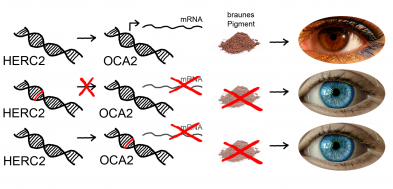
Blue eyes are the result of a single genetic mutation অর্থ that is, every person with blue eyes on Earth has a common ancestor. A team of experts from the University of Copenhagen actually found that mutation in a single Danish family.
Dr. Iberg's team published a report in the Journal of Human Genetics that they meticulously mapped blue eye color through genetic linkage analysis. From that analysis, it was discovered that an identifiable group of genes was inherited from a single parent.
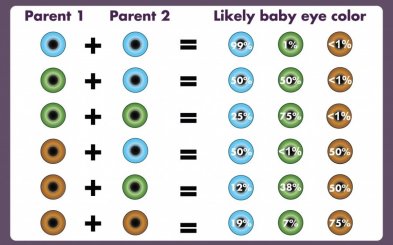
Science calls a group of genes inherited from a single parent a 'haplotype'. The haplotype is found not only in 155 blue-eyed people in Denmark, but also in five blue-eyed people in Turkey and two blue-eyed people in Jordan. In addition to haplotype mapping, said. Iberg's team conducted mitochondrial DNA analysis, which looked at the types of genetic mutations to trace maternal lineage hundreds of thousands of years ago.
What is a genetic mutation?
The intimate relationship of genes with eye color. It can be said that all eyes are the same color. This is because the pigment called melanin , which gives our eyes color, is naturally brown.
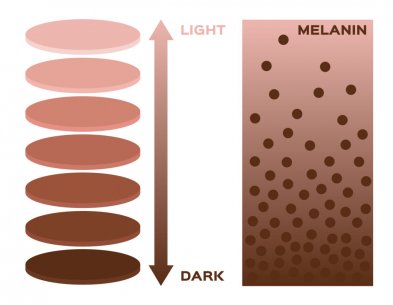
" Originally we all had brown eyes, but a genetic mutation affecting the OCA2 gene on our chromosomes causes a mutation that literally stops the ability to make brown eyes ," said Hans Rudolf Licht Iberg, a professor of cellular and molecular biology at the University of Copenhagen . “The OCA2 gene codes for the so - called P protein , which is involved in melanin production. This pigment colors our hair, eyes and skin.
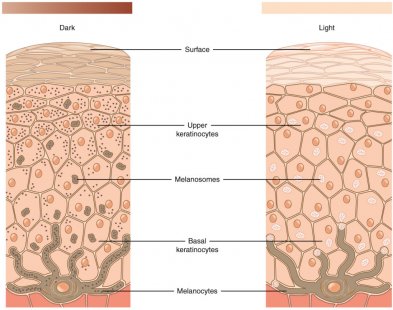
Changes in the OCA2-linked gene do not completely disable or shut down the gene. Rather it restricts its activity to reduce the production of melanin in the iris of the eye. This effectively makes brown eyes blue. The effects of changes in OCA2 are very specific. If the OCA2 gene were completely destroyed or shut down, melanin deficiency would occur in human hair, eyes, or skin color. This is a condition known as albinism .
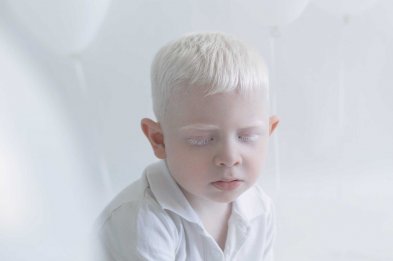
The way this mutation started
Probably, when people started coming to Europe from Africa. This explains why blue eyes are only seen in people of European descent. It can also be said that all blue-eyed people are descendants of a single European ancestor. It reveals an impressive family tree!
Limited genetic variation
According to Professor Iberg, the variations in eye color, such as brown, gray to green, all depend on the amount of melanin in the iris. But blue-eyed people have slight differences in the amount of melanin in their eyes. Brown-eyed individuals, on the other hand, have a fairly distinct variety of DNA that regulates melanin production.
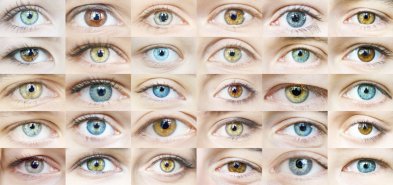
Professor Iberg and his team examined mitochondrial DNA and compared blue-eyed human eye color in diverse countries such as Jordan, Denmark, and Turkey. His findings are the latest in a decade of genetic research. The study began in 1998, when Professor Iberg first identified the OCA2 gene as responsible for eye color.
Nature causes our genes to change
The question may arise, is the occurrence of blue eye mutations good or bad? The transition from brown to blue is not a positive or negative change. This is one of several common mutations, such as changes in hair color, baldness, skin blemishes, and facial beauty spots, which do not increase or decrease a person's chances of survival. That is, being blue or brown does not make any difference to vision.
For example, Professor Iiberg said, " It just shows that nature is constantly changing the human genome. Genetics of human chromosomes are making a cocktail and trying to make different changes as it does. "
However, eye color is not the only feature that has a different color for mutations. For example, people with blue eyes are more likely to have the following characteristics:
- High melanoma (a type of skin cancer) risk,
- High probability of being competitive, and
- Low risk of vitiligo (a type of skin disease)
We can conclude from Professor Iberg's research that all blue-eyed people belong to the same ancestor. They have all inherited the same changes in exactly the same place in their DNA. People with worldly blue eyes connected to one another through the eyes.

